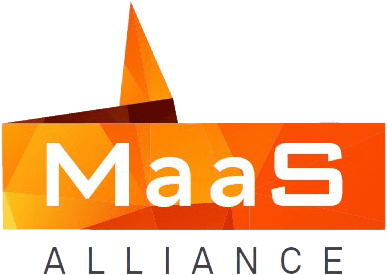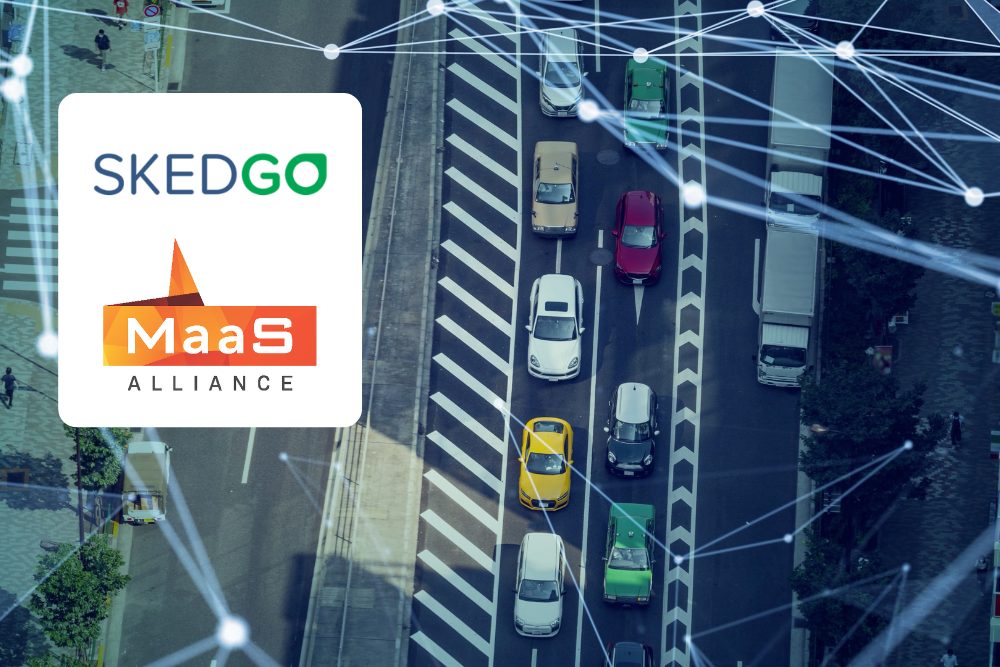By Piia Karjalainen (written on 14th September 2017)
I was glad to read the POLIS discussion paper on MaaS, exploring the opportunities and risks of MaaS from cities’ perspective.
It goes without saying that a particularly important role in the development of the MaaS ecosystem needs to be assumed by the public administration, both at the local and national level. Some public authorities are already moving beyond their traditional role as infrastructure providers by enabling, promoting and developing varied mobility services side-by-side with new entry-level players. The new digitally powered mobility requires willingness to work with an interoperable and interconnected picture in mind, instead of a standalone vision. Therefore, public authorities may need to adopt a new open culture, and also include those who are keen to enter the market into the stakeholders’ dialogue. Also the voice of users, i.e. the customers, namely citizens and tourists, as well as the users of logistics, should be well taken into account.
The MaaS Alliance, in its recently published White Paper, gives some recommendations for public administrations to encourage MaaS:
- Avoid creation of bottlenecks, monopolies and closed systems
- Ensure access to the mobility market for all operators, regardless of size
- Work with open but secure architectures and standard interfaces
- Support cooperation among the various members of the MaaS ecosystem in the exchange of data, including both established actors and newcomers
- Take advantage of the opportunities offered by MaaS to improve the operations of transportation services to meet policy goals
- Provide some of the initial investments necessary to jump-start the ecosystem, taking into account the equity, sustainability, economics and job creation, and the other benefits that MaaS deployment may bring
- Collaborate with the private industry to develop innovative business models
It is inevitable that we need a policy framework (on EU, national and local level) that supports sustainable mobility. The only way to ensure the attractiveness and public acceptance of MaaS services is to design the whole value chain to meet the high expectations related to ecological and financial sustainability. However, in the MaaS Alliance, we think that MaaS not only helps the achievement of a desirable modal shift but is also a way to channel new customers (and revenue flows) to public transportation and will thus ease the financial pressure of PTOs/PTAs and decrease the need for subsidies.
It is essential to understand that MaaS is not something one can procure as an add-on layer on top of the existing transport system. Instead it will drastically change the whole transport system, both demand and supply sides. It is also a cultural change from a closed, infrastructure-centric world to an open, data-powered ecosystem. Yet the polarisation should be avoided, e.g. between the public and private provision of transport services. The central role in the transport market should and will be played by the end-user. Success in both policy and business terms will be dependent on one’s capability to fulfil the need of the users and the value creation on the ability to build protean partnerships.
The design and building of the ecosystem for new mobility services will only result in a robust foundation if it is done in co-creation. Therefore, on behalf of the MaaS Alliance, I warmly welcome POLIS, as well as other city networks, public authorities, cities and regions across Europe to actively participate in this common work.
Piia Karjalainen / MaaS Alliance



